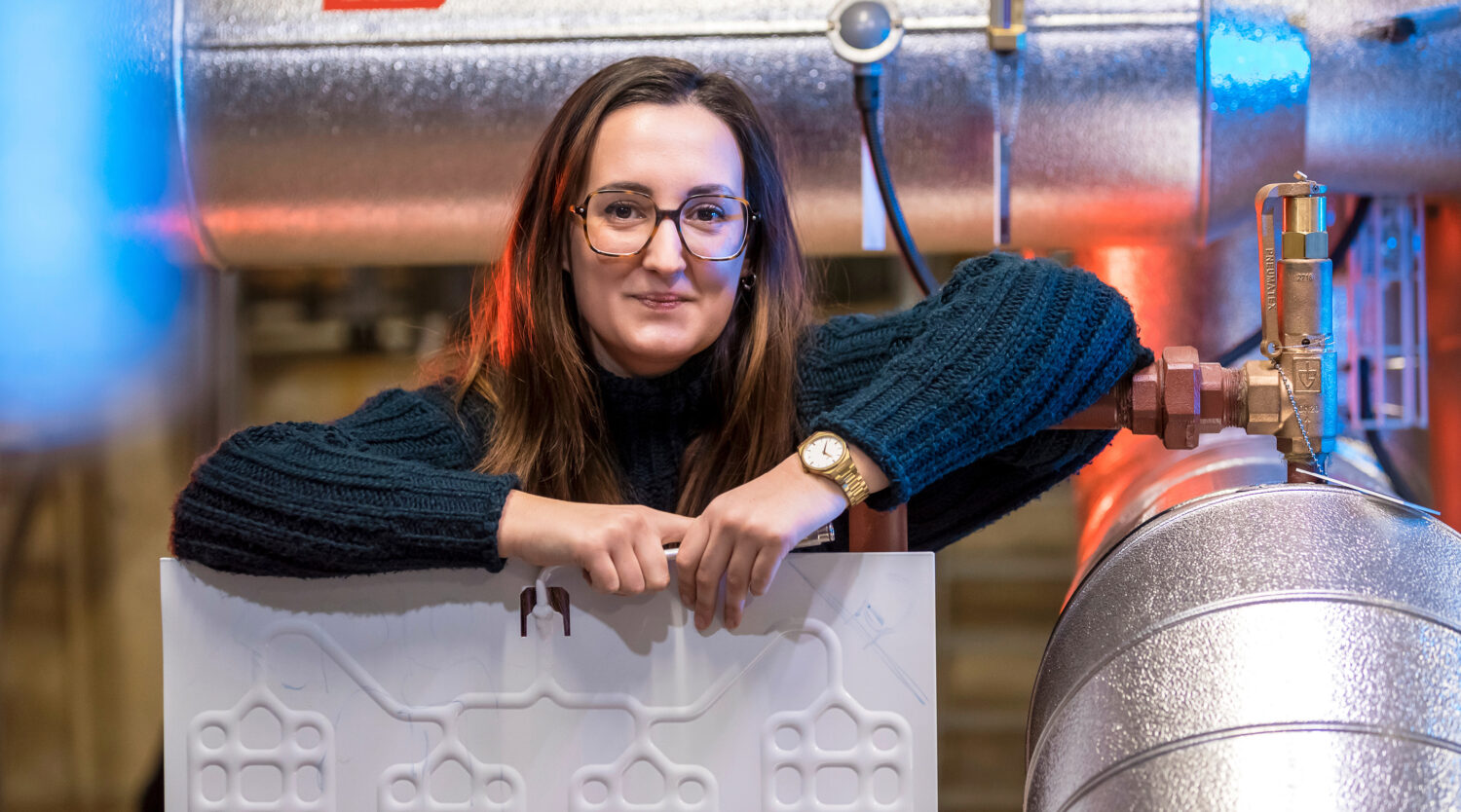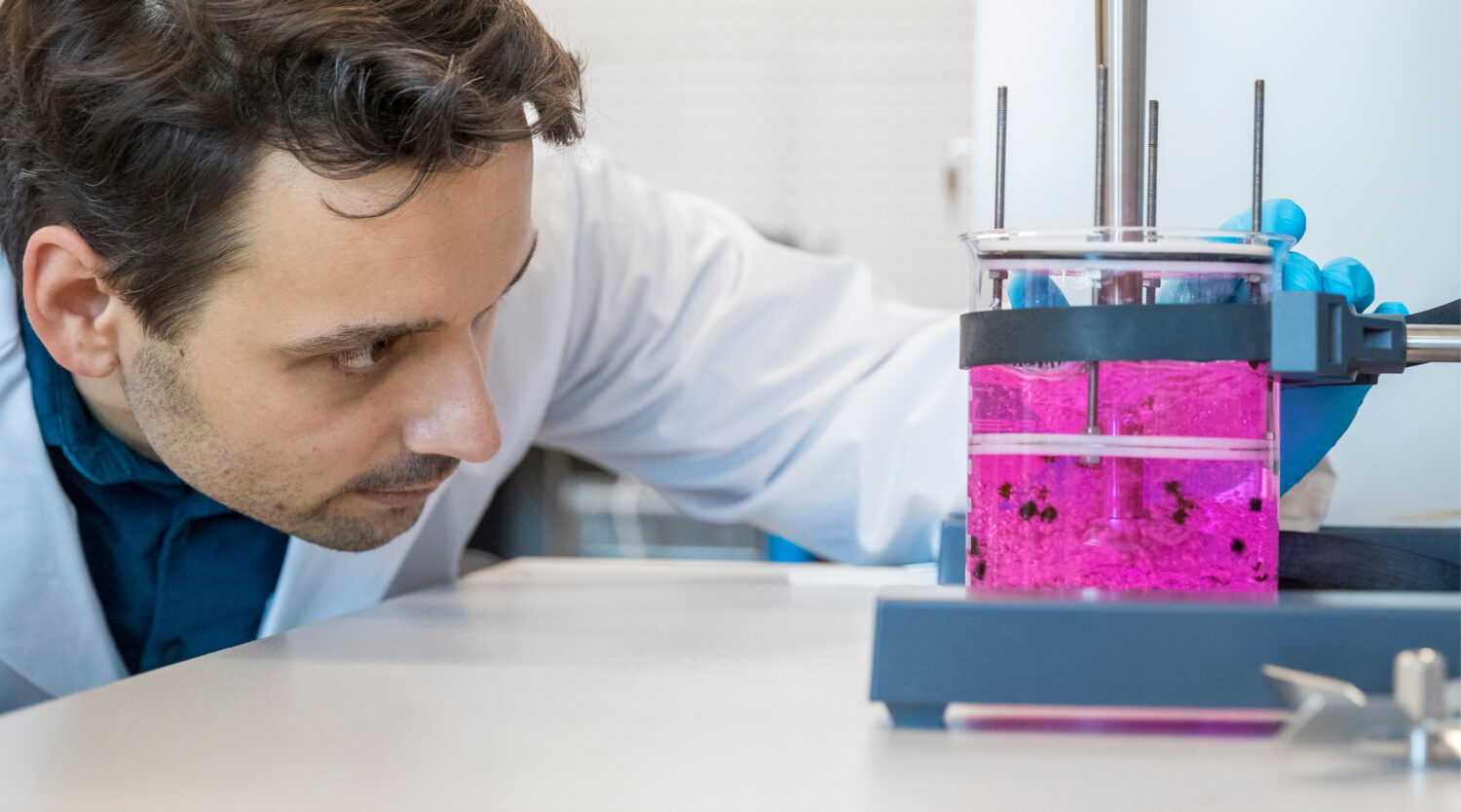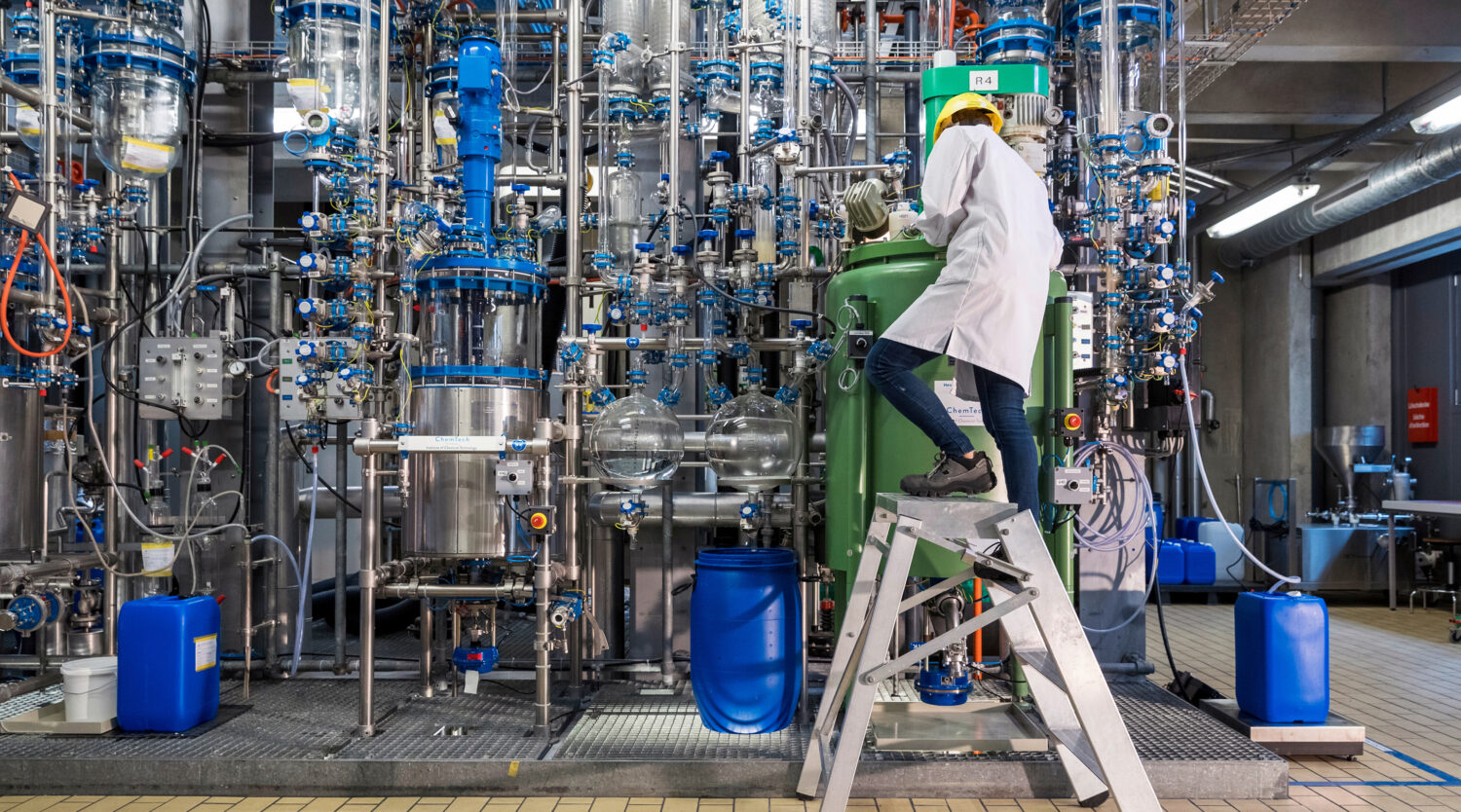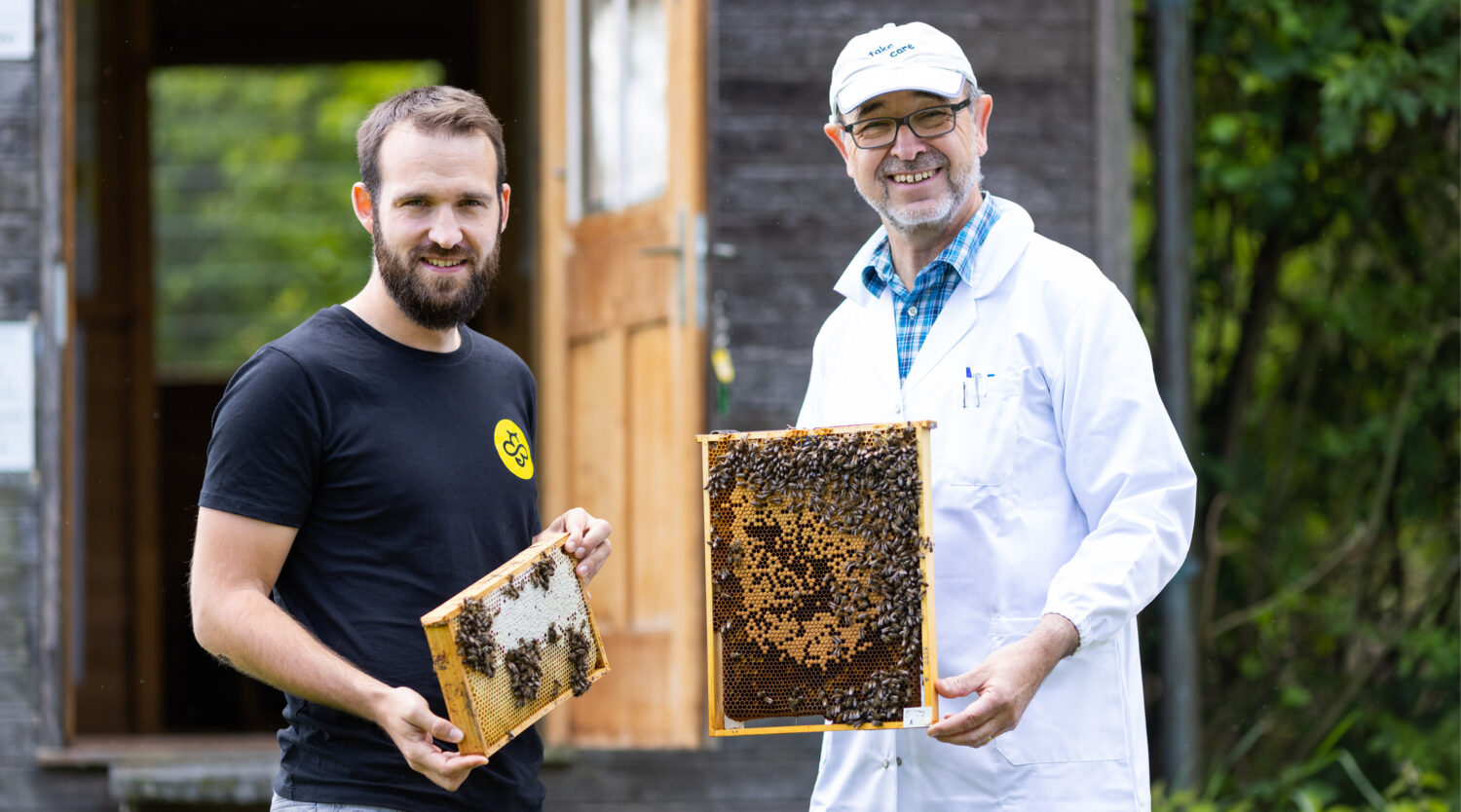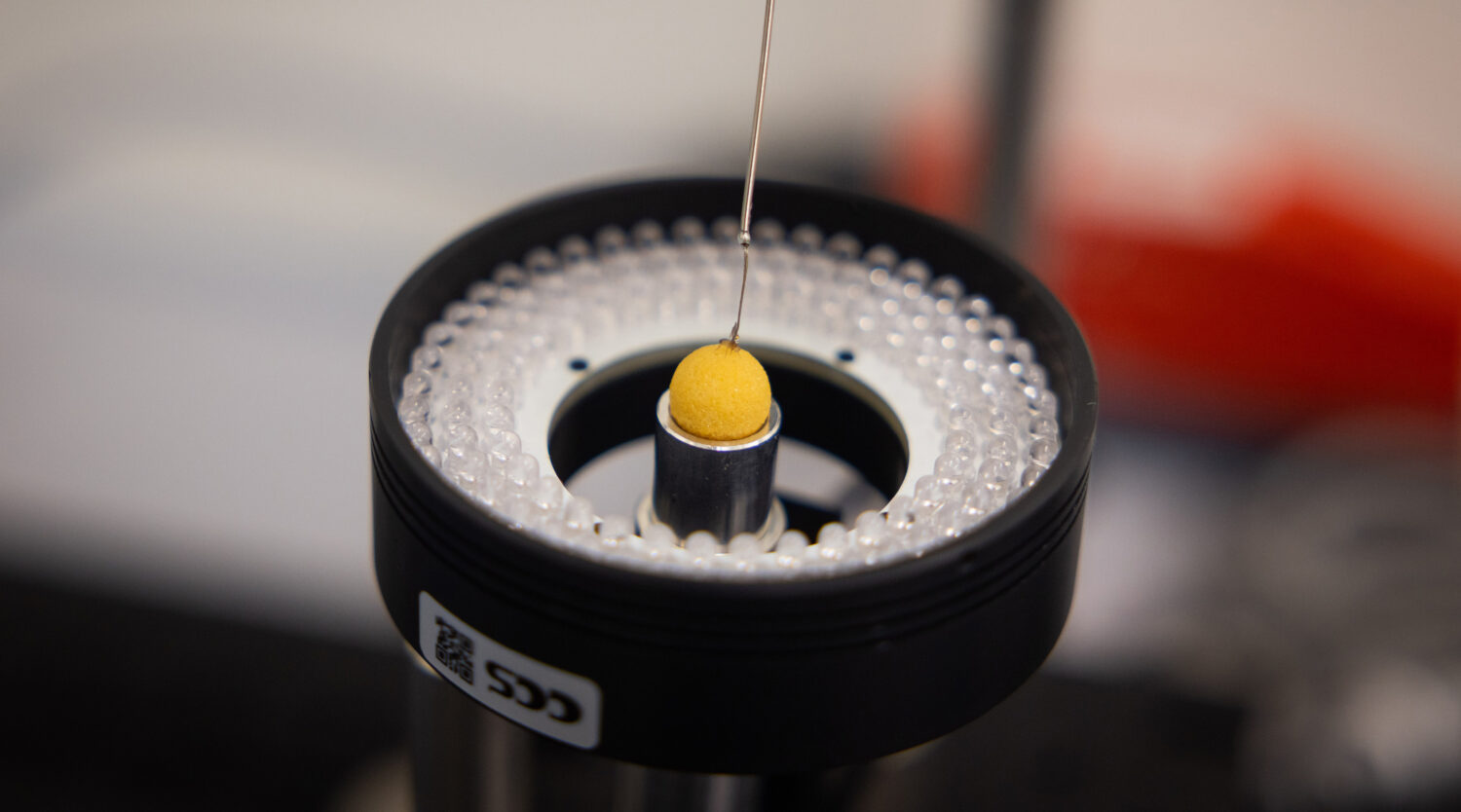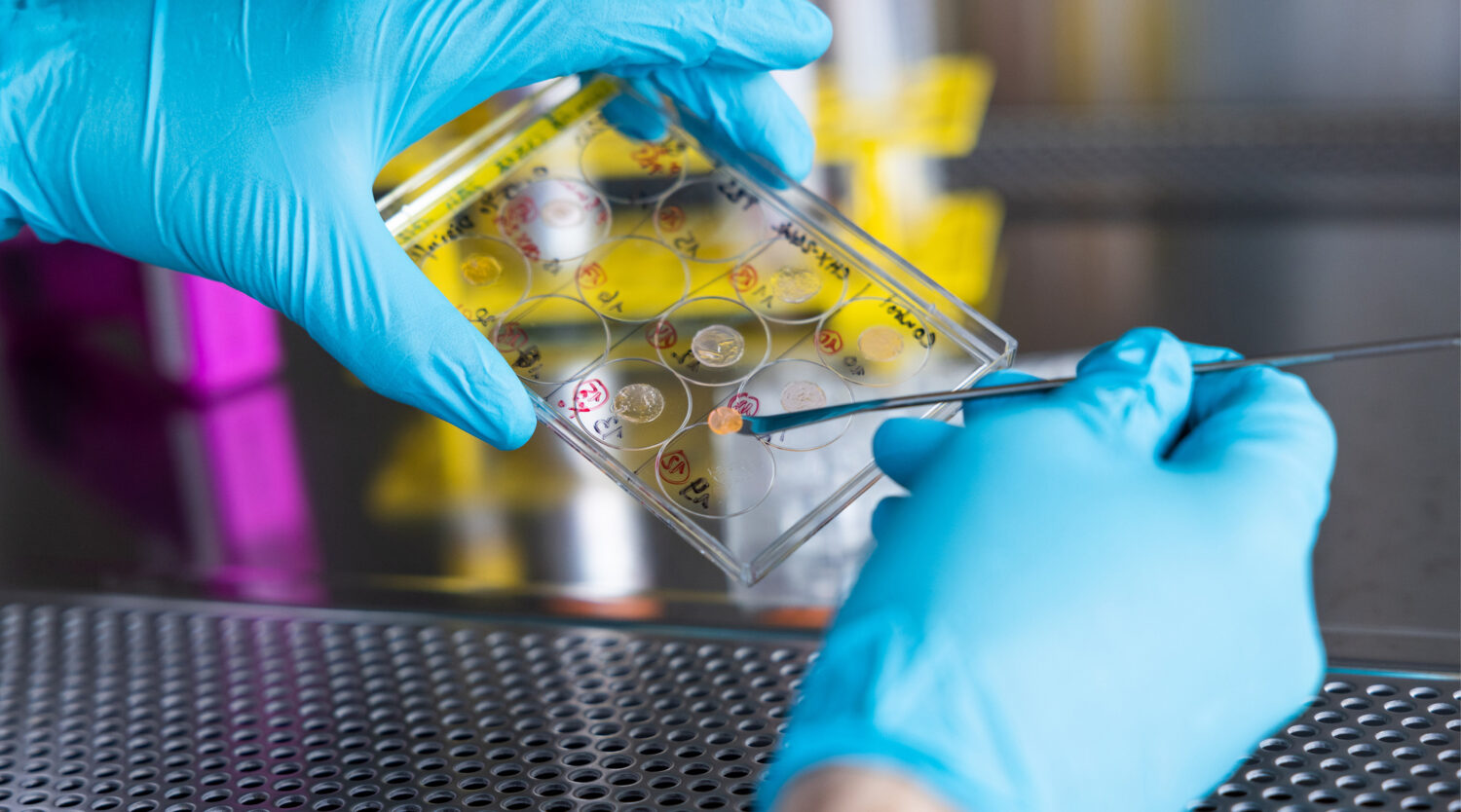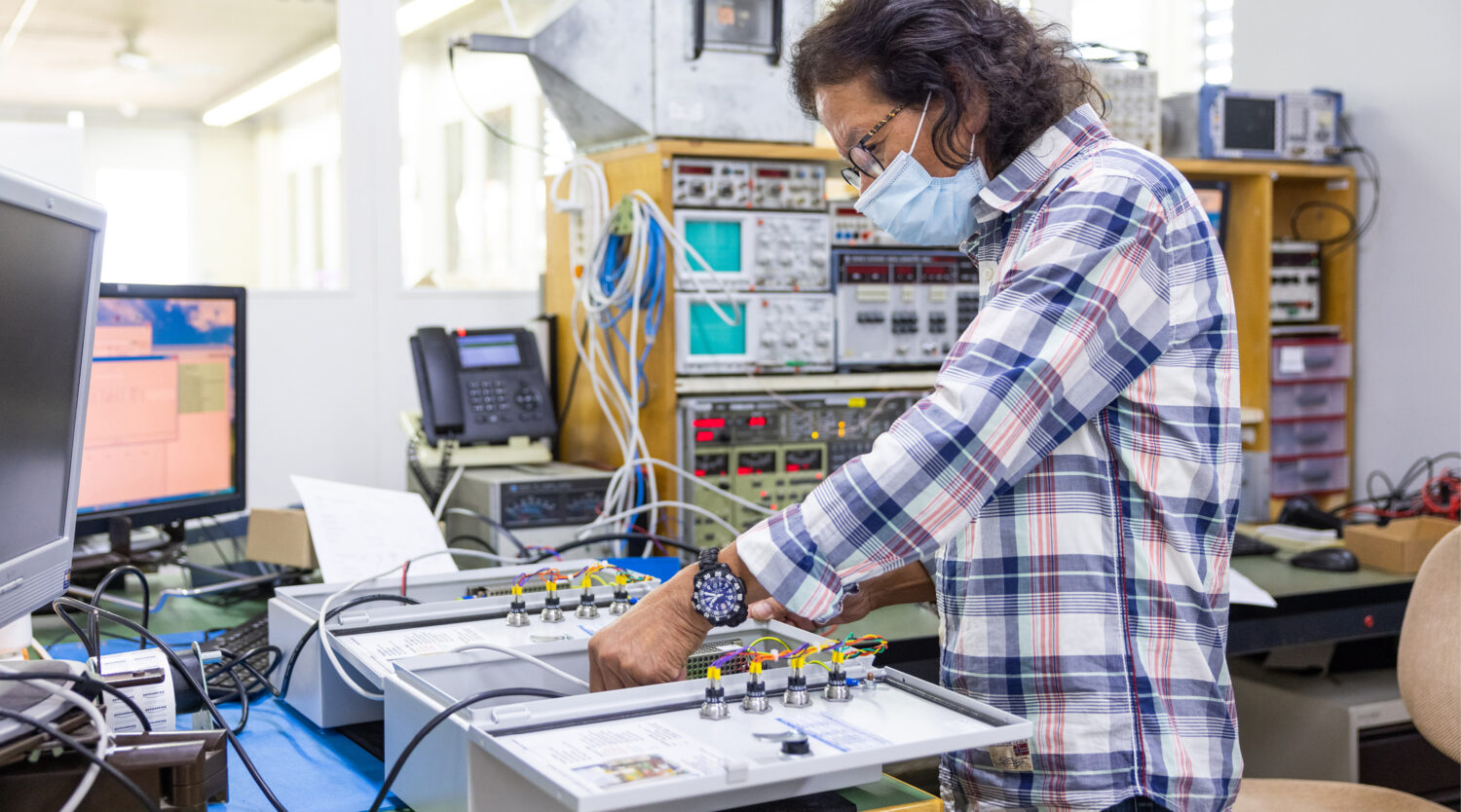
Recognising art forgeries from a photo
“After completing my PhD in theoretical physics in Tübingen, Germany, I was drawn to Zurich. But I quickly became bored with my work as a risk manager at a major Swiss bank. I then came up with the idea of founding my own company more by chance than anything else.
I’ve always been interested in art. A former neighbour, an art historian, told me about the many fakes that the art trade had to deal with. There are numerous counterfeiters who can do their job very well. For example, they know the exact colour components of a particular era and can then mix their colours accordingly.
I became interested in the subject and couldn’t believe that there were hardly any digital solutions for it yet. I wrote a simple program and saw that the idea worked. In early 2019, I co-founded the start-up Art Recognition with my good friend Christiane to develop a system for art authentication using artificial intelligence (AI). We now have three permanent staff and one postdoc. He helps us train and improve the AI system.
Analysis using artificial intelligence
Art Recognition’s system is based on artificial intelligence. Its algorithms analyse the photo of a work of art and judge whether it is an original or a fake. A simple smartphone photo is sufficient for this.
Before the AI system can analyse a painting by a particular artist, it needs appropriate training. As many original works as possible are scanned into the system over a number of days. In addition, pictures of other painters which have a similar style or come from the same era are scanned in. The system analyses the various images down to the smallest detail and stores the characteristics, for example the brush stroke and the composition of the paint. The photos uploaded by customers are then analysed for the same characteristics.
Of course, there are other methods for distinguishing fakes from originals – for example, by using experts or provenance researchers, who investigate the origin of works of art. But experts are not always objective and often disagree among themselves. And information about origin can be falsified. There are also gaps in the tracing of ownership, for example during the world wars.
The conventional methods are expensive and time-consuming. With our AI system, it will become apparent within one to two weeks whether a work of art is genuine or not. What’s more, you don’t have to transport the artwork anywhere and have it insured at great expense. You just have to take a photo with your smartphone and upload it.
We’ve already analysed over 500 works. Our clients, who are scattered all over the world, include art dealers, private collectors, galleries, auction houses, family offices and art brokerage platforms.
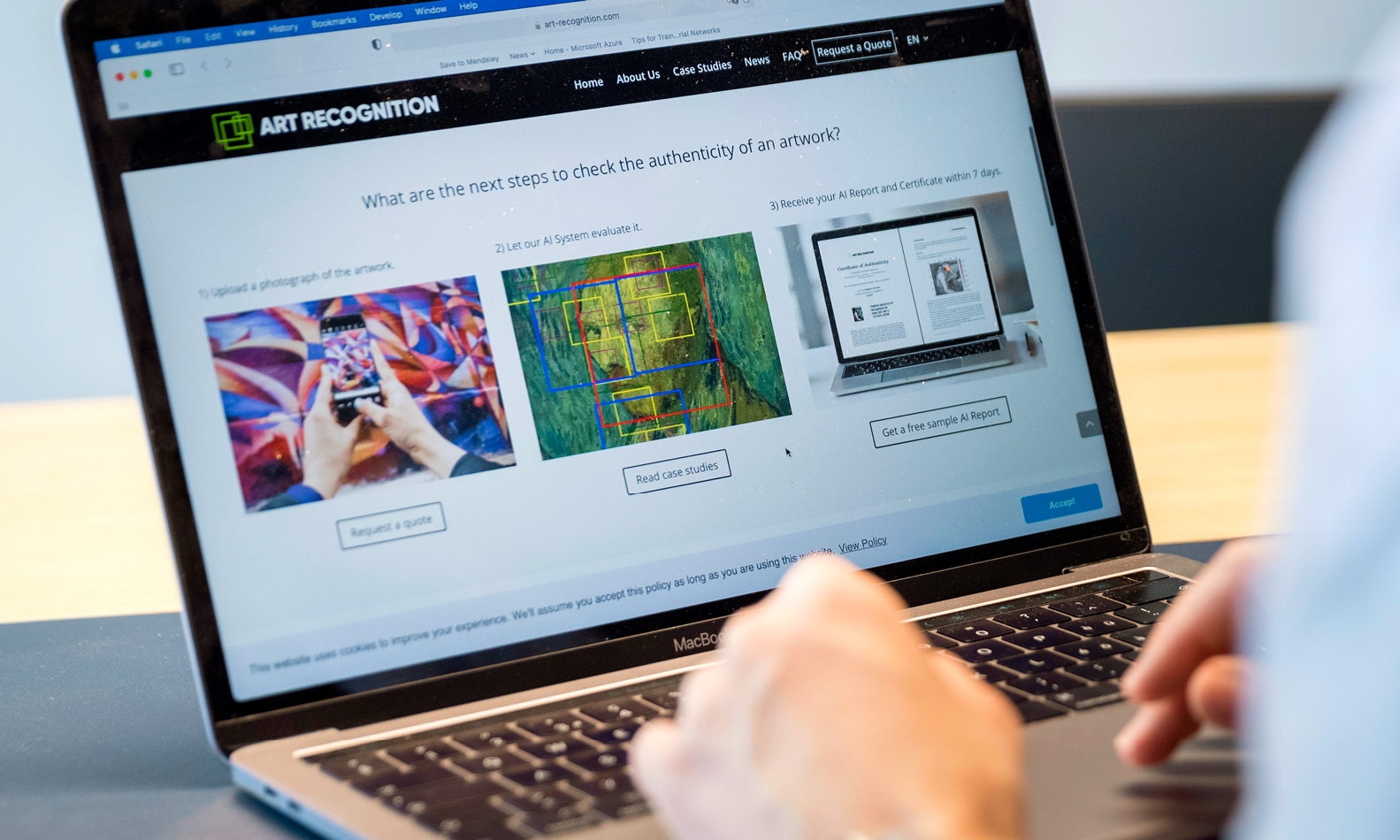
Innosuisse has been a very important partner for us from the very beginning. We learned a lot in the various start-up coaching programme. For example, how we can develop our business and our brand, what it takes to carry out successful marketing and how we should approach customers. We also received networking support and came into contact with art experts and other important partners. The internationalisation camp in New York was particularly valuable. We were able to make many important contacts there, for example with Christie’s auction house. On this trip we also met Joachim Pissarro, a great-grandson of the impressionist Camille Pissaro. He is an important partner of ours today.
As part of a Eurostars project, we are collaborating with Tilburg University in the Netherlands. Professor Eric Postma and his team have been researching how to detect art forgeries using AI for years. We would have more plans together, but unfortunately, as a Swiss company, we can no longer apply for the EU Horizon programme as we are no longer associated.
If anything, our company benefited from the coronavirus pandemic. The increased trend toward digitalisation gave our business a big boost. Our goal is to become the world market leader in our field. Every work of art that is sold should go through us in the future. We also are not just thinking about our company. Equally important to us is that we advance science through our work.”
Dr Carina Popovici, CEO of the start-up Art Recognition.

Support from Innosuisse
- Start-up Coaching: Initial Coaching, Core Coaching, Scale-up Coaching phase 1
- Internationalisation camp
- Eurostar
